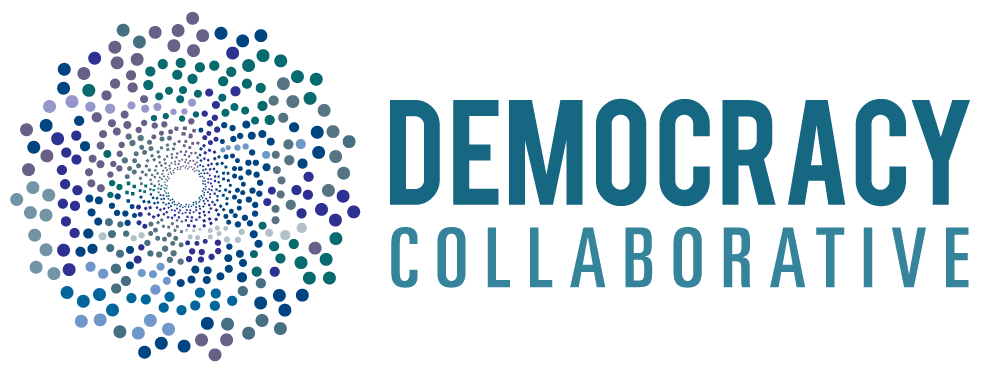A look back: planning for public ownership as an alternative to corporate bailouts
The collapse of Silicon Valley Bank and response from state and federal regulators serves as an urgent reminder that the U.S. banking system remains overly-financialized and fragile and poses a continuing systemic risk to the American and global economies. The previous governmental response to the Great Financial Crisis did not adequately address the underlying problems with bank practices and financial regulation, and has since been partially unwound. While the current structure and behavior of U.S. banks persists, future financial crises are all but inevitable.
In a 2018 report, then TDC Research Director Thomas M. Hanna laid out the elements of a crisis response that would address the root causes of financial instability and corporate excess by creating a publicly-oriented system of banking and finance fit for purpose in serving our collective needs for the twenty-first century.
Given the new financial turmoil at hand, it’s high time we revisited this notion of planning for public ownership as an alternative to corporate bank bailouts.
This working paper presents another way forward, grounded in long-term public ownership of financial institutions. While de-facto temporary nationalization was a key tool in the federal government’s bailout toolbox, at no point during the response to the Great Financial Crisis was the idea that the government should use public ownership for the long-term stability of the financial system and the public good seriously entertained by policymakers. Given the robust success of publicly owned banks both around the world and in the US itself, this was an incredibly misguided decision, one that testifies to the power the big banks have not only over our economy, but over our own imaginations.
Additional Readings
Explore the concept, impact, characteristics, examples and challenges of public banks here.
Public banking would help speed the economic recovery from COVID-19
A history of nationalization in the United States: 1917-2009

